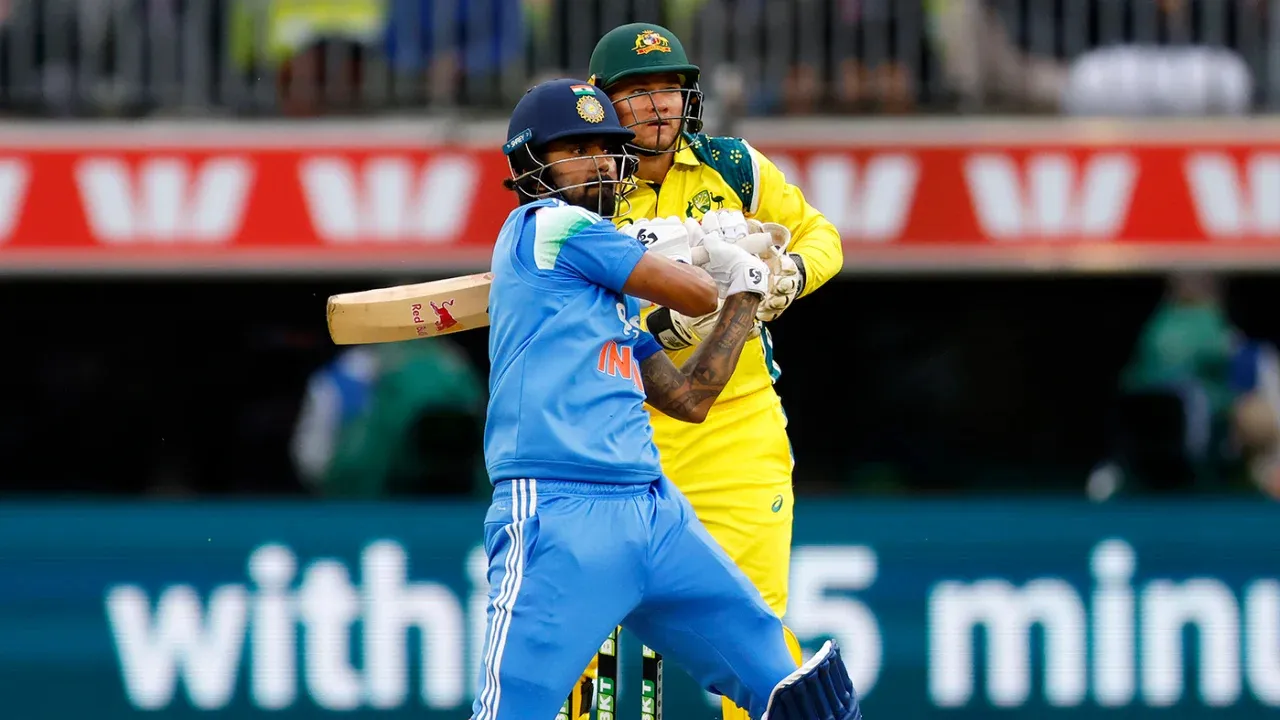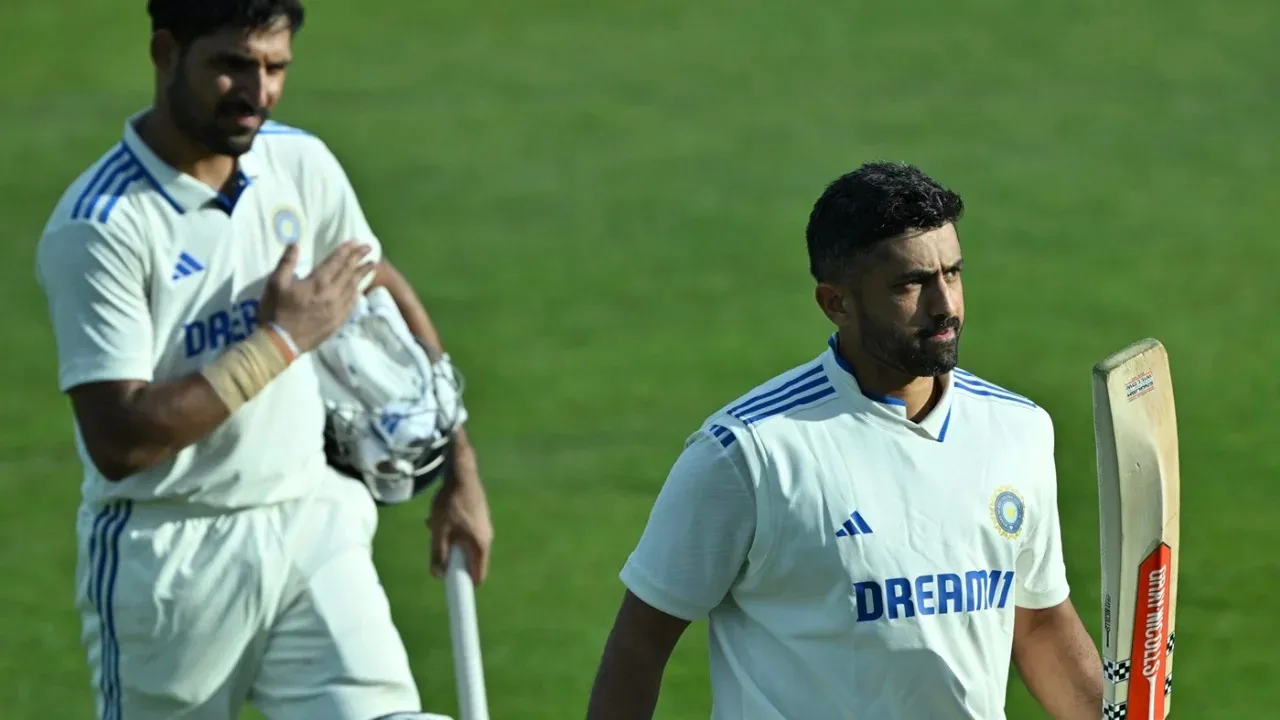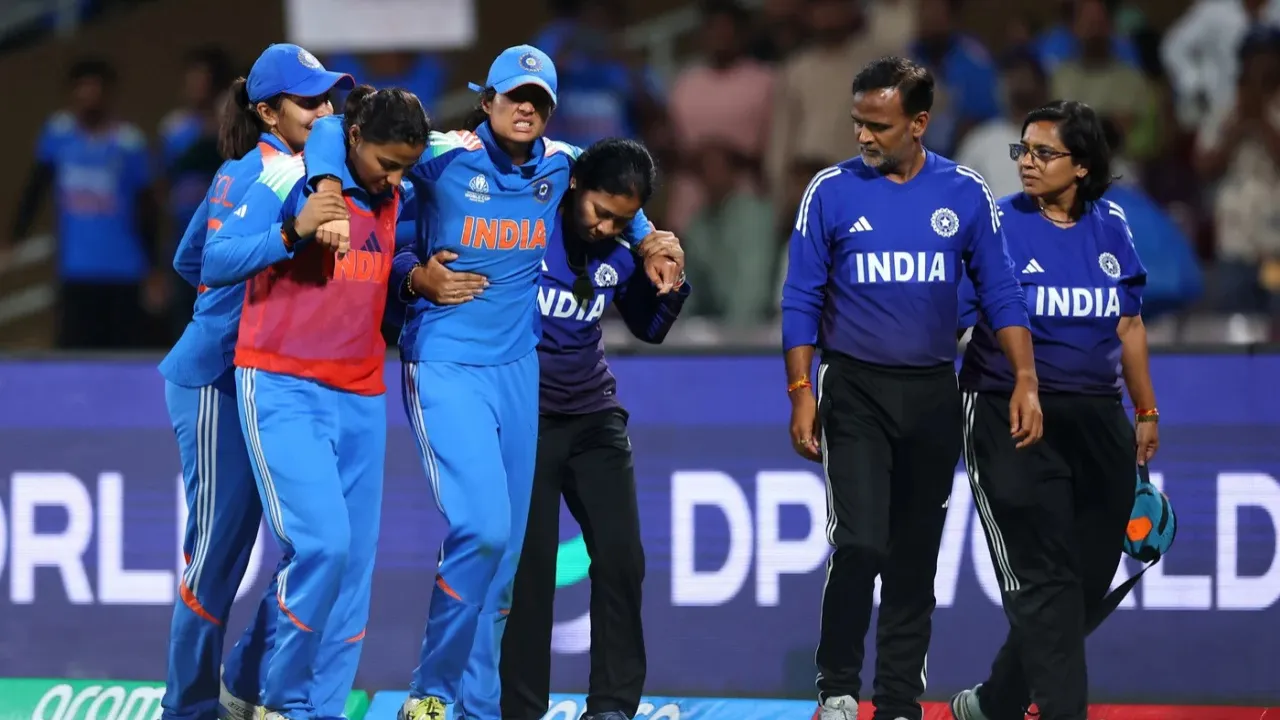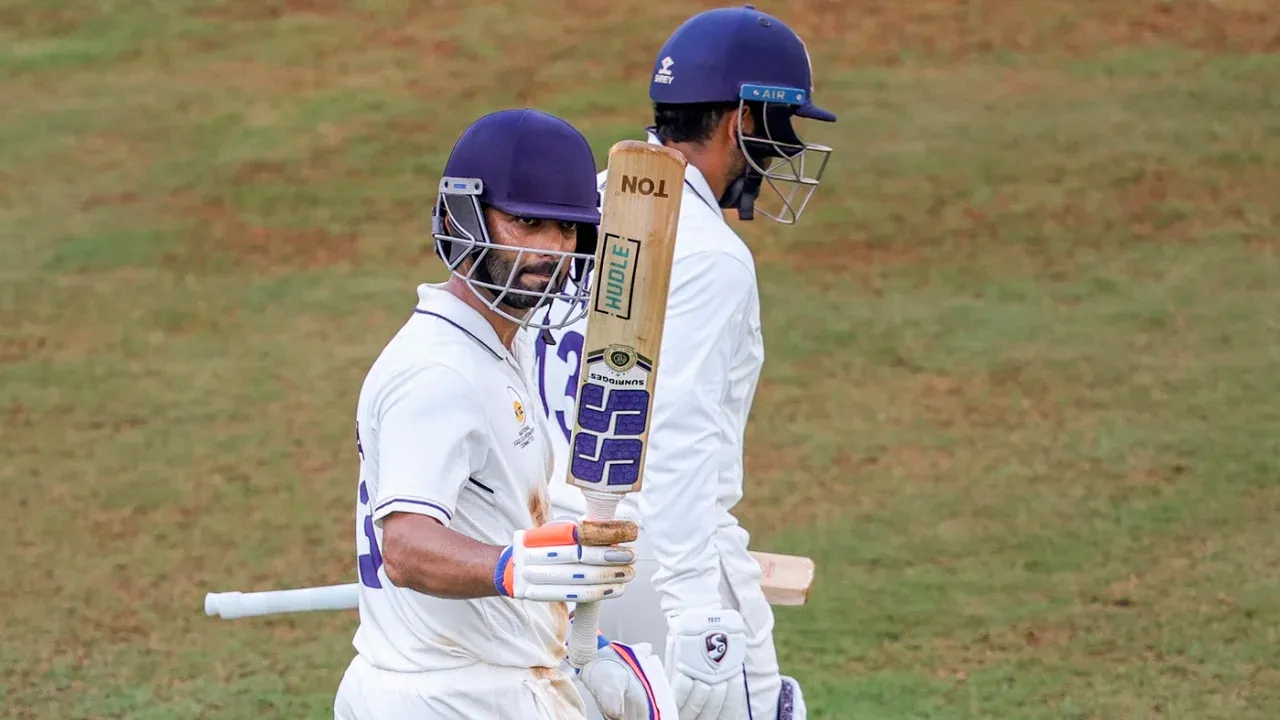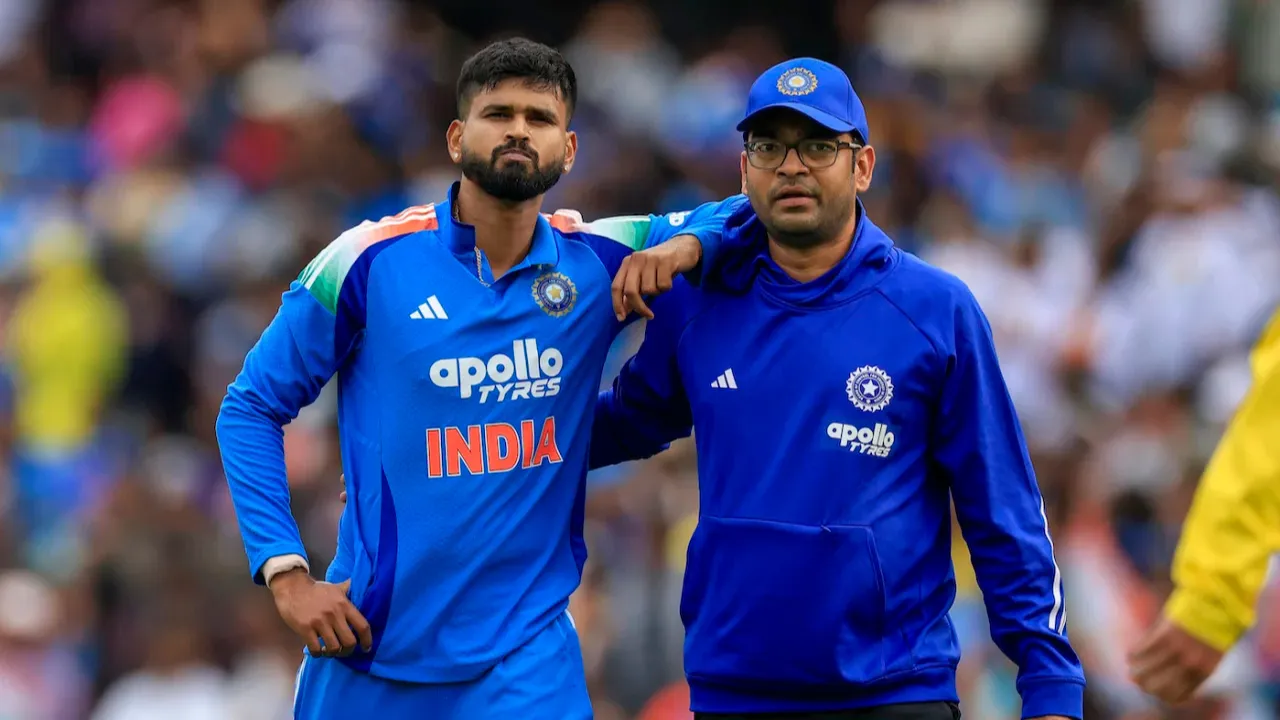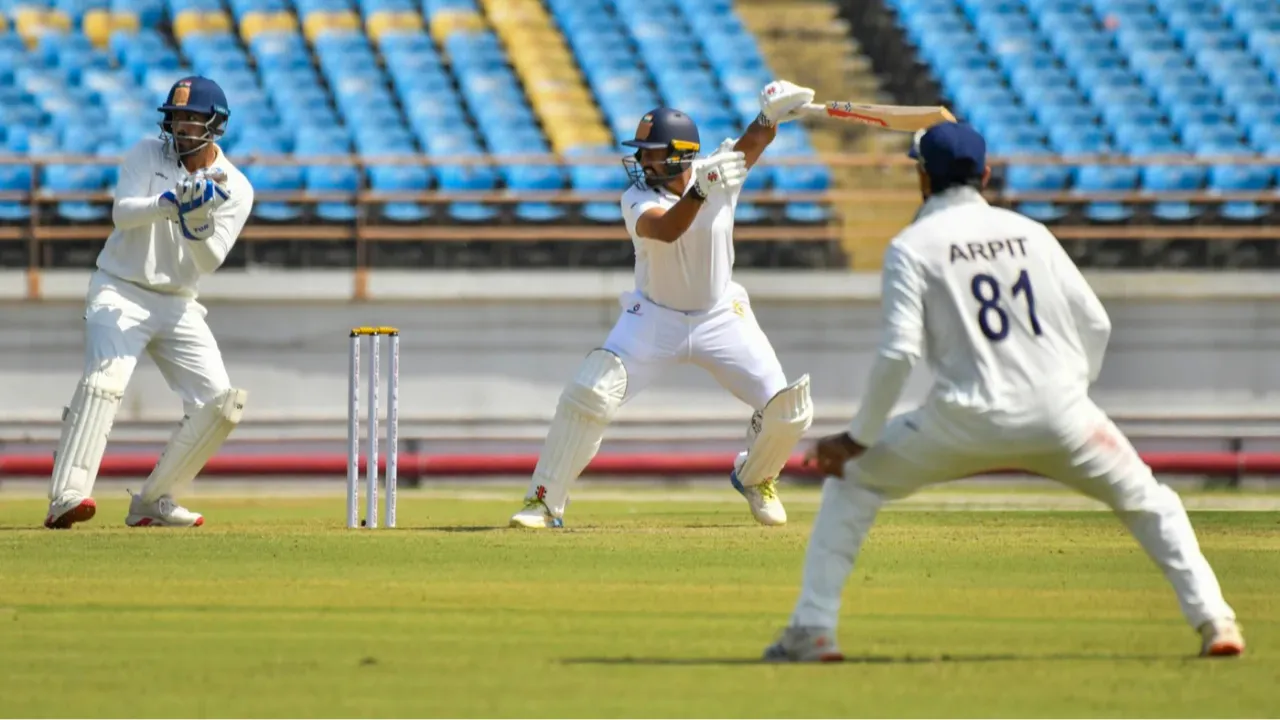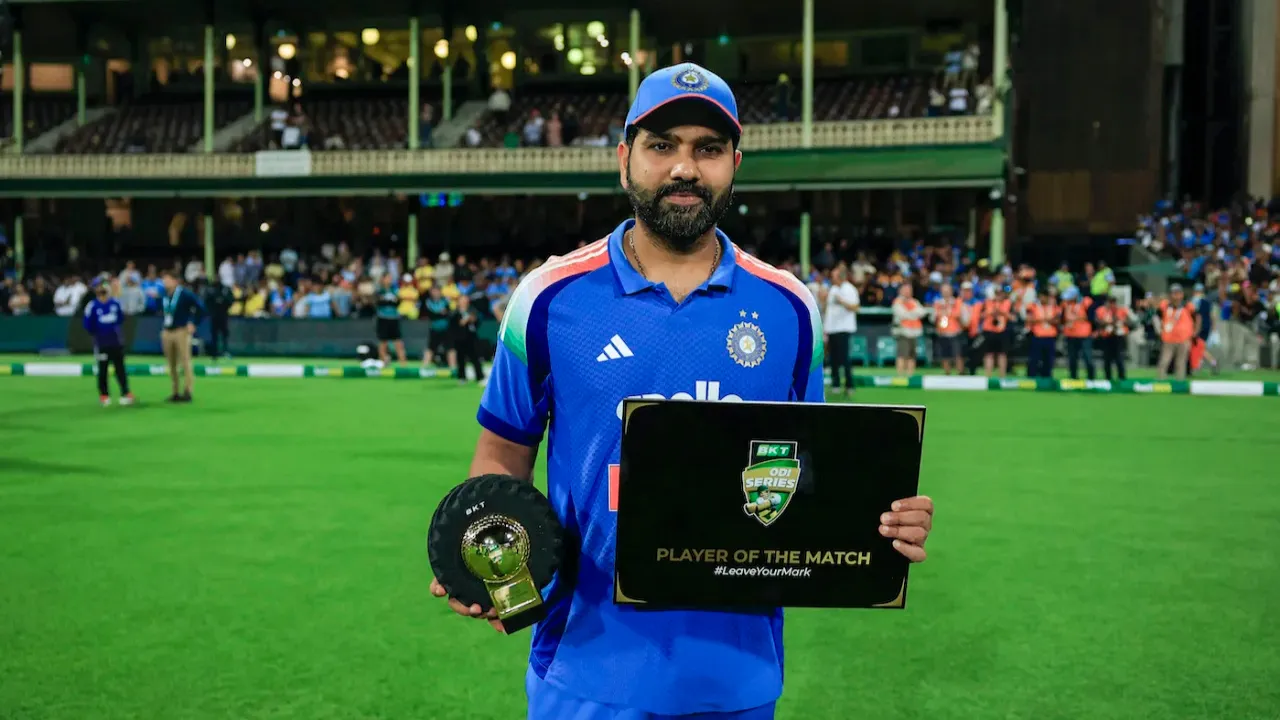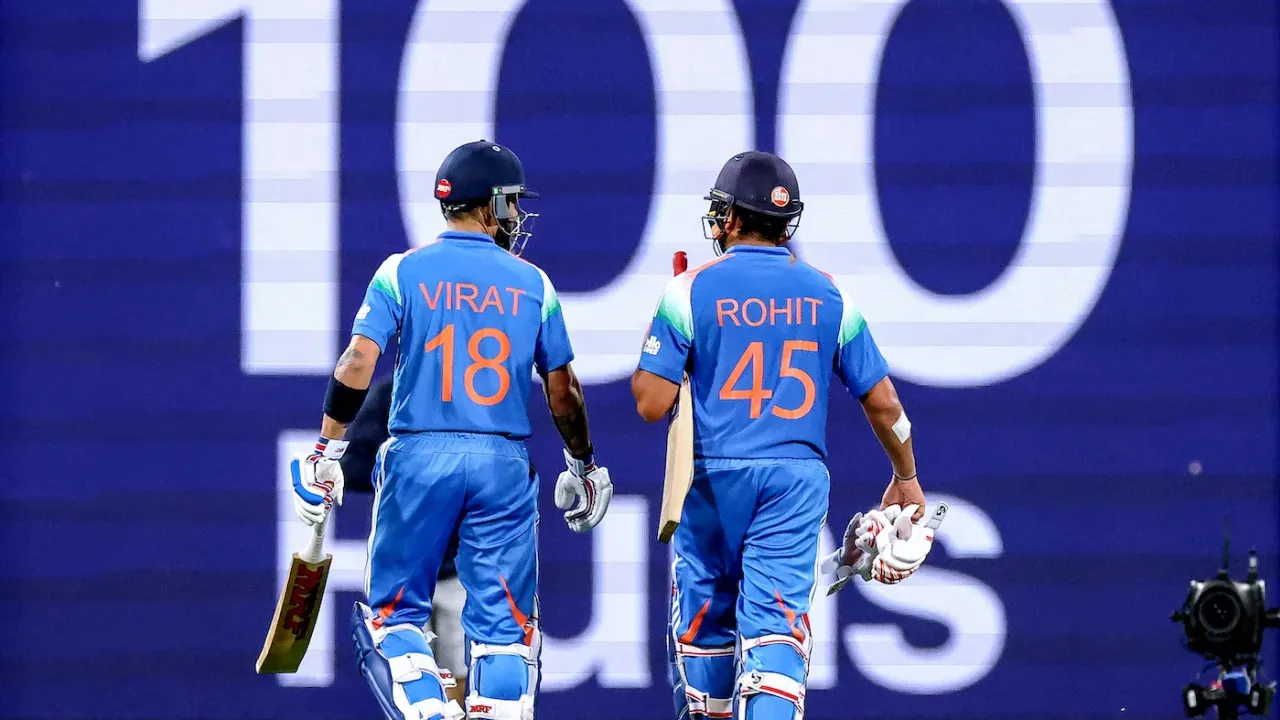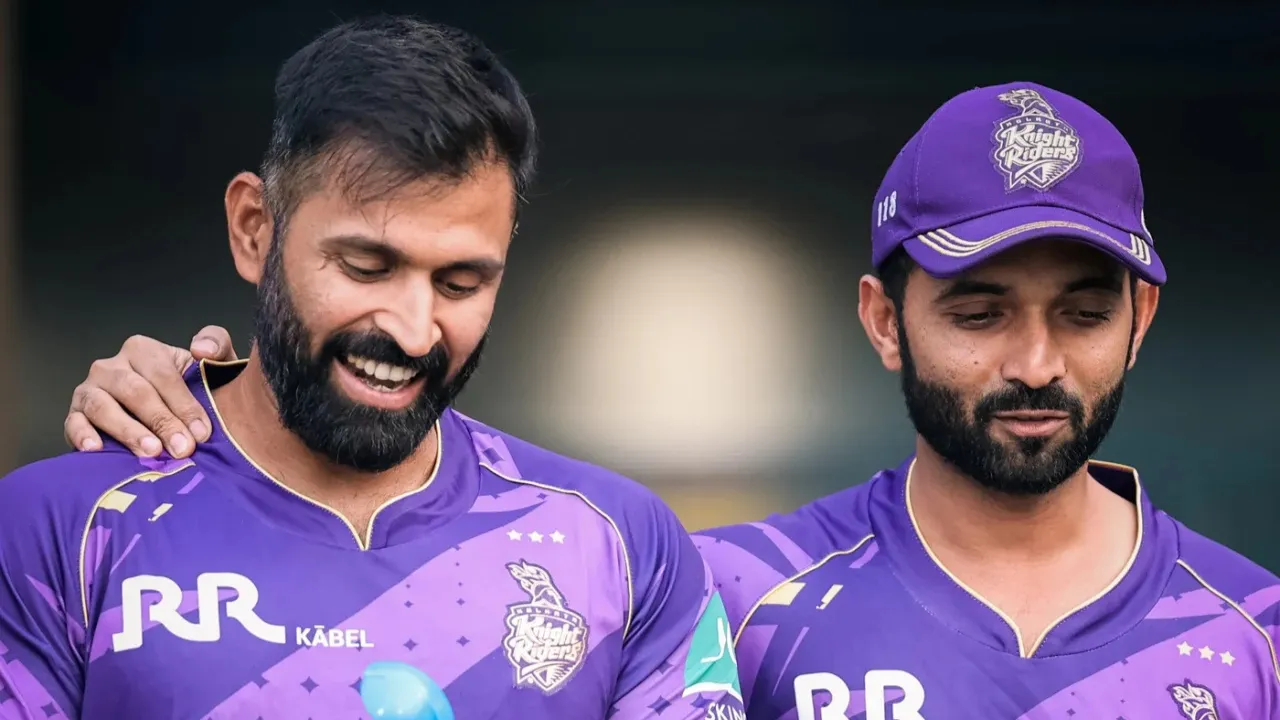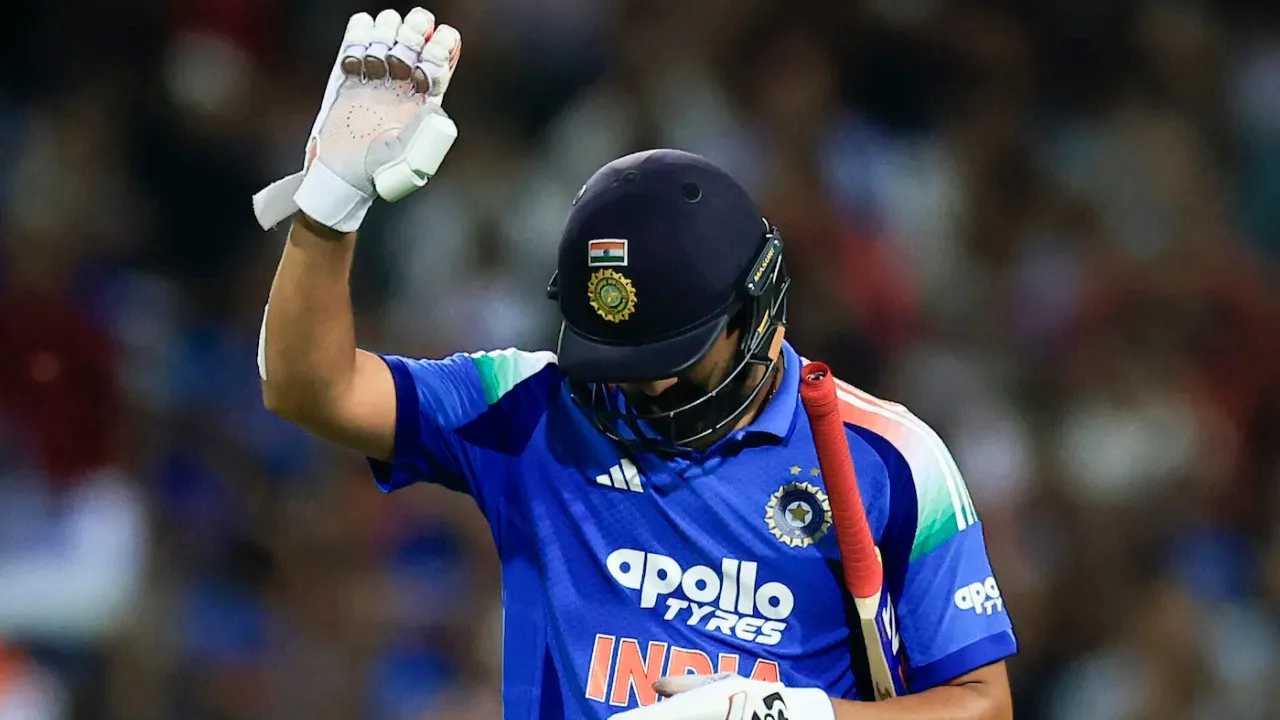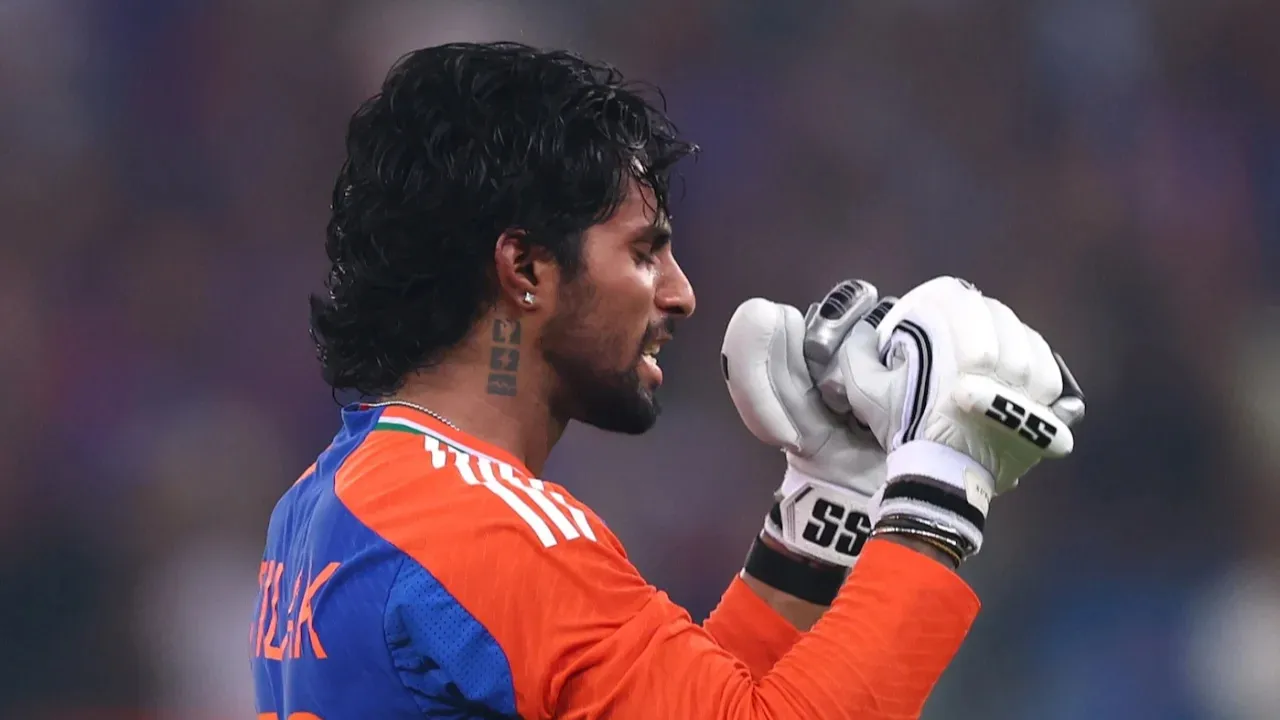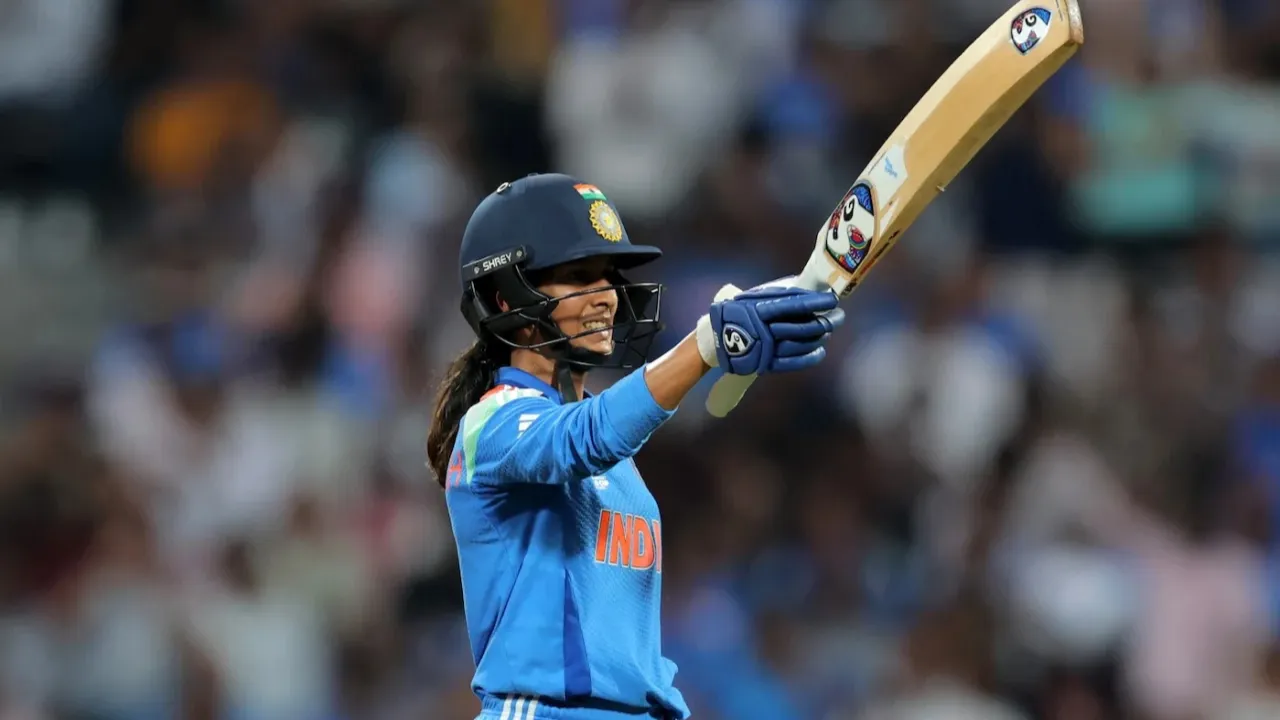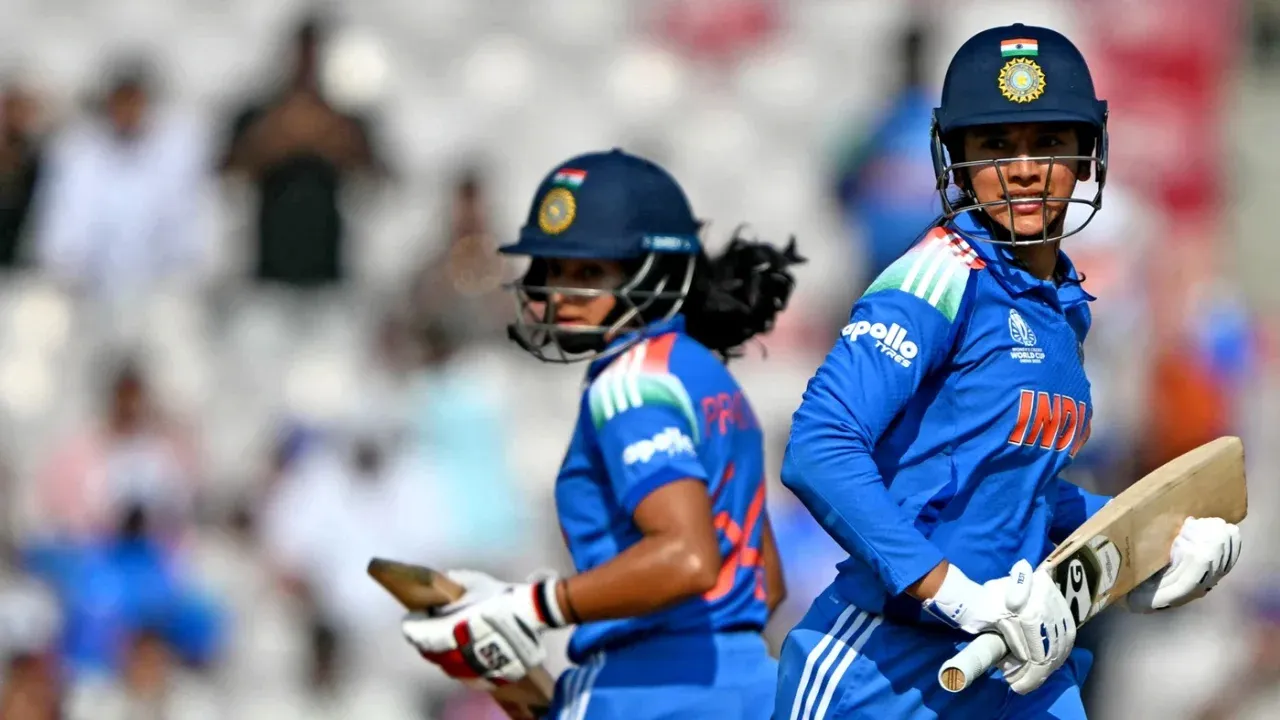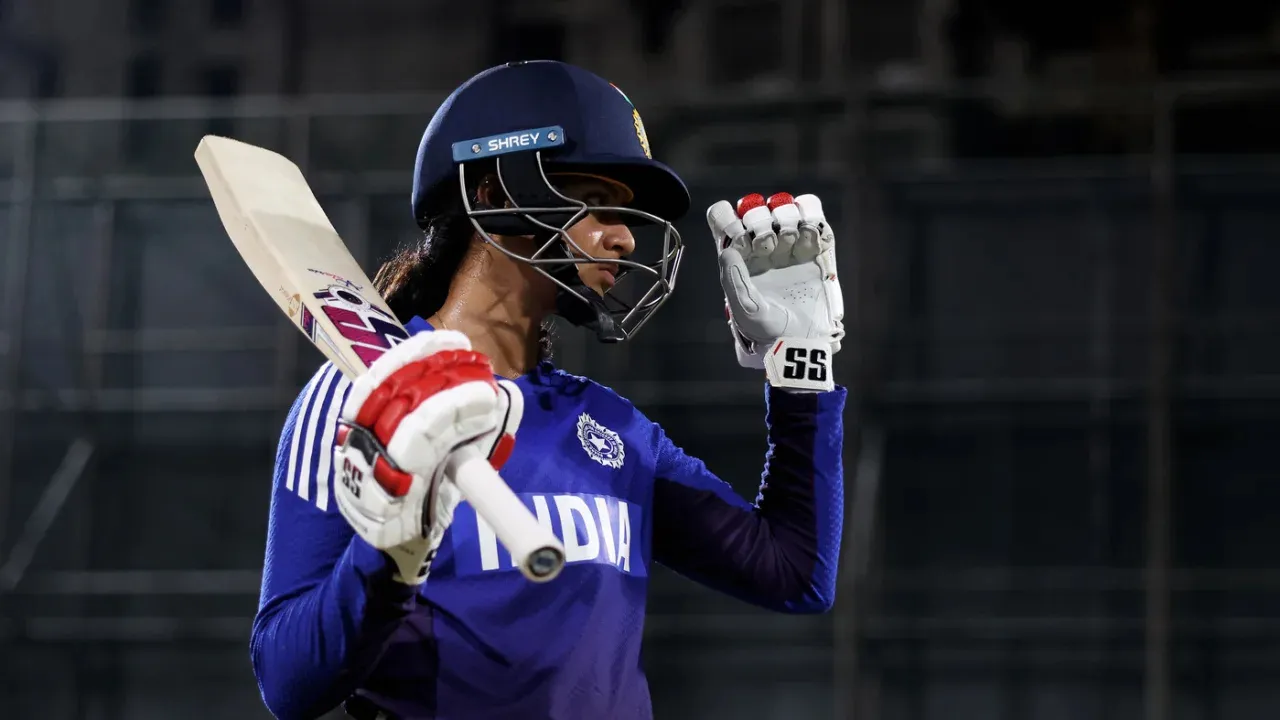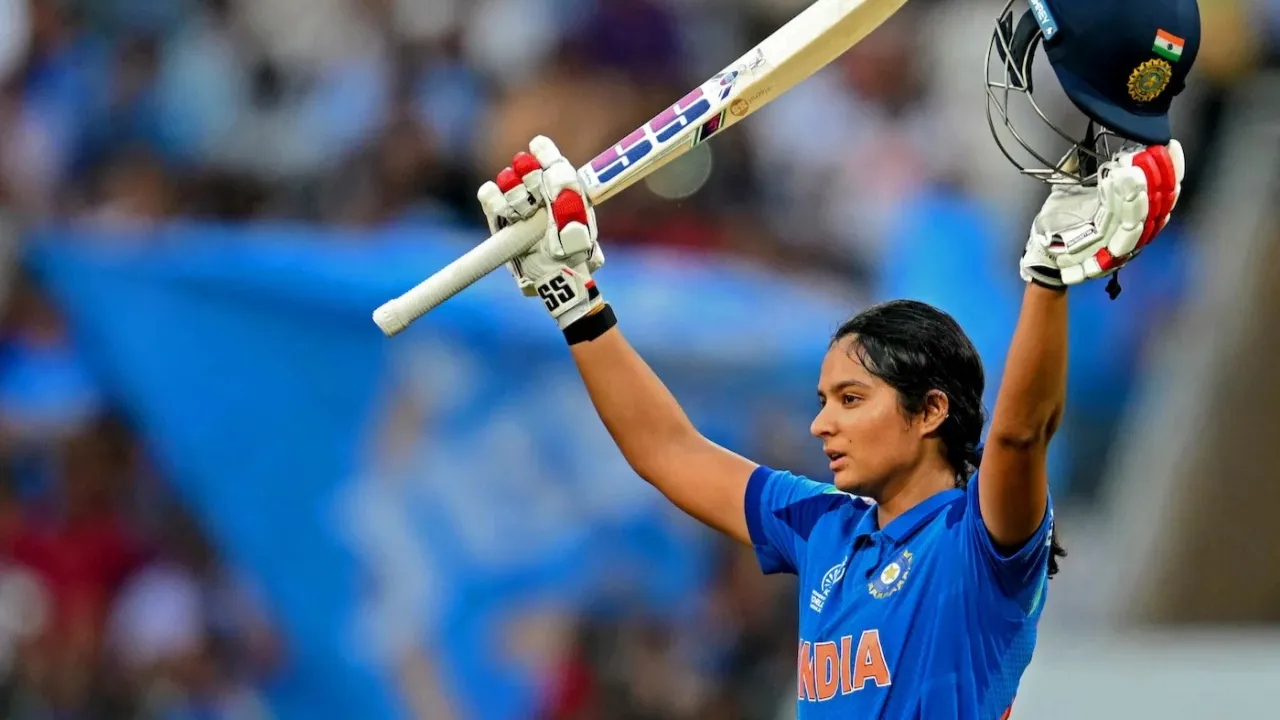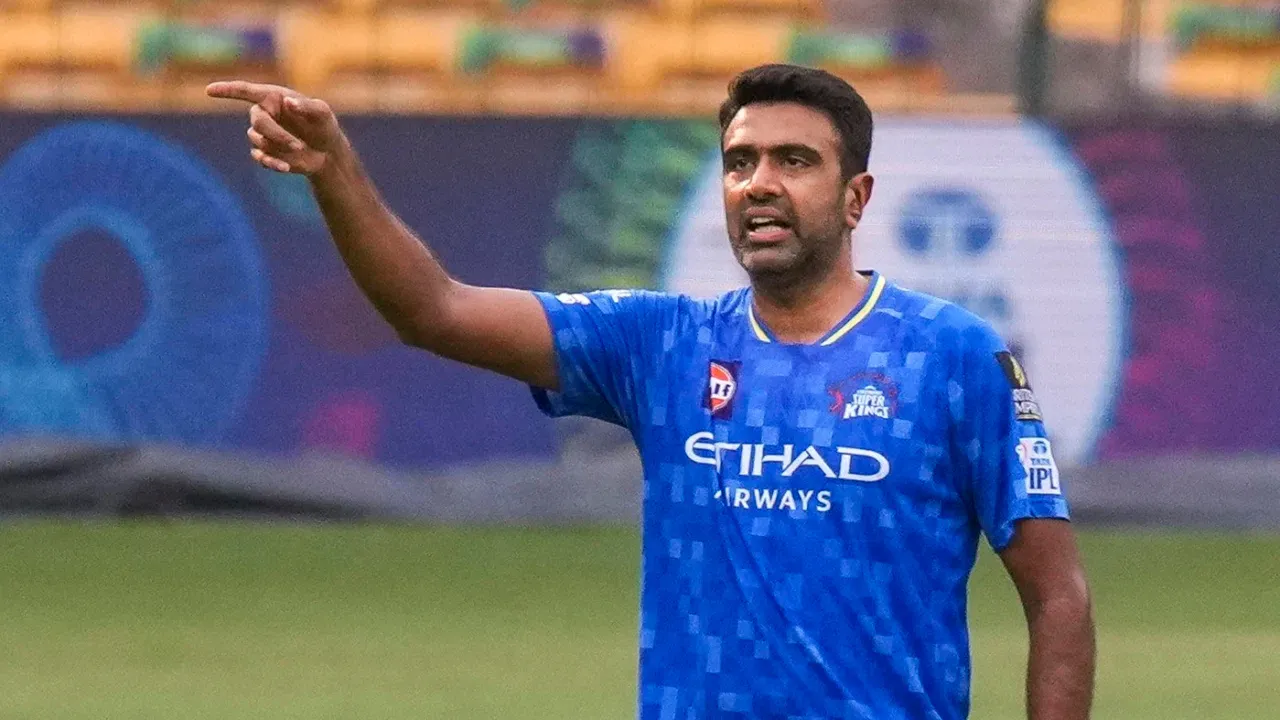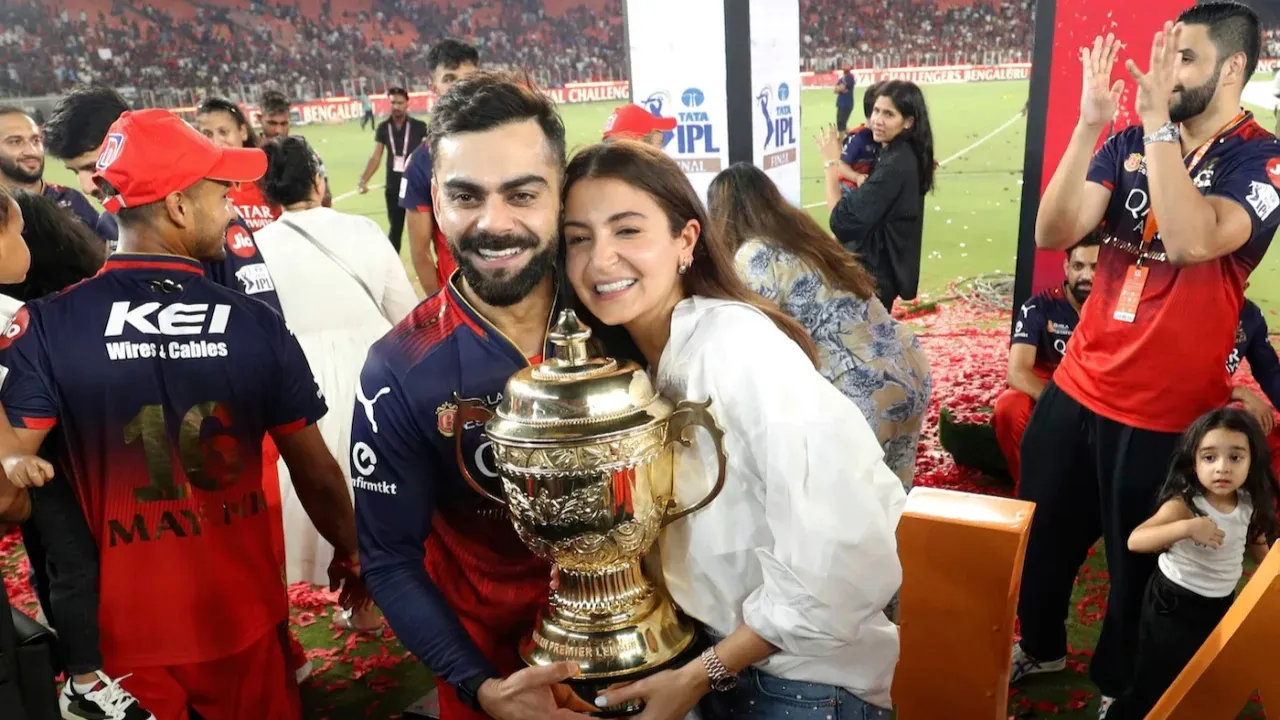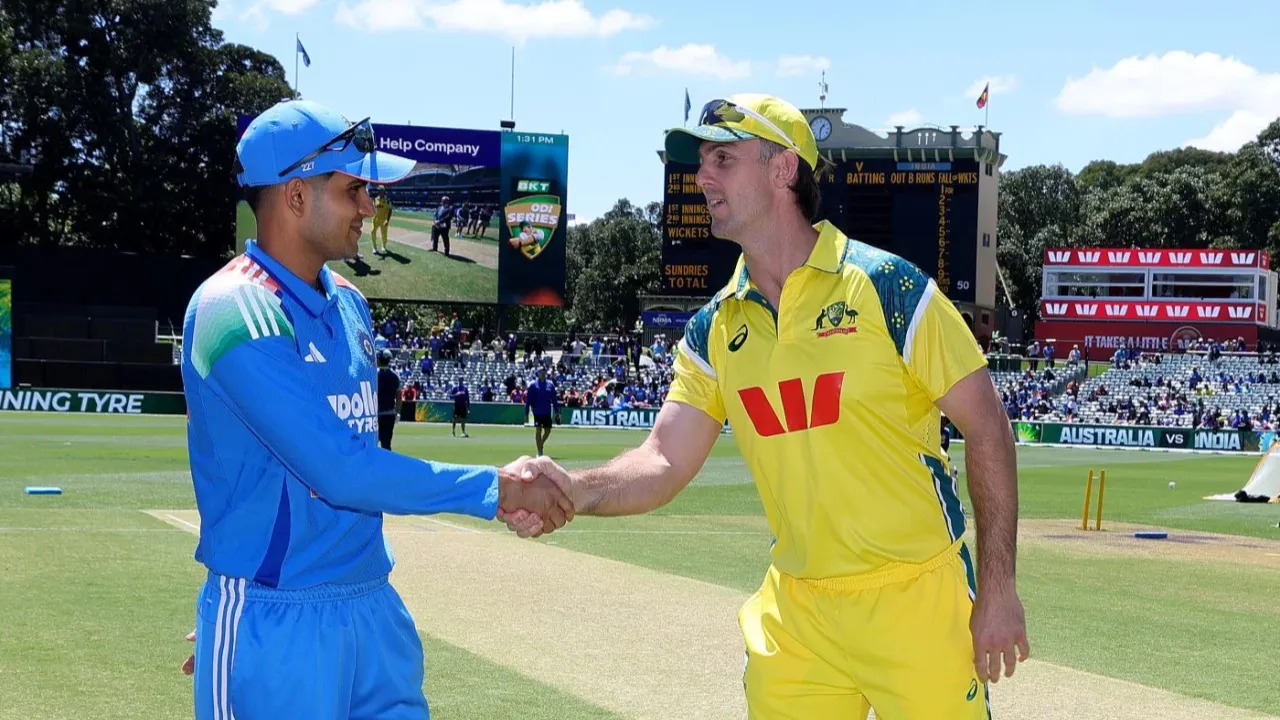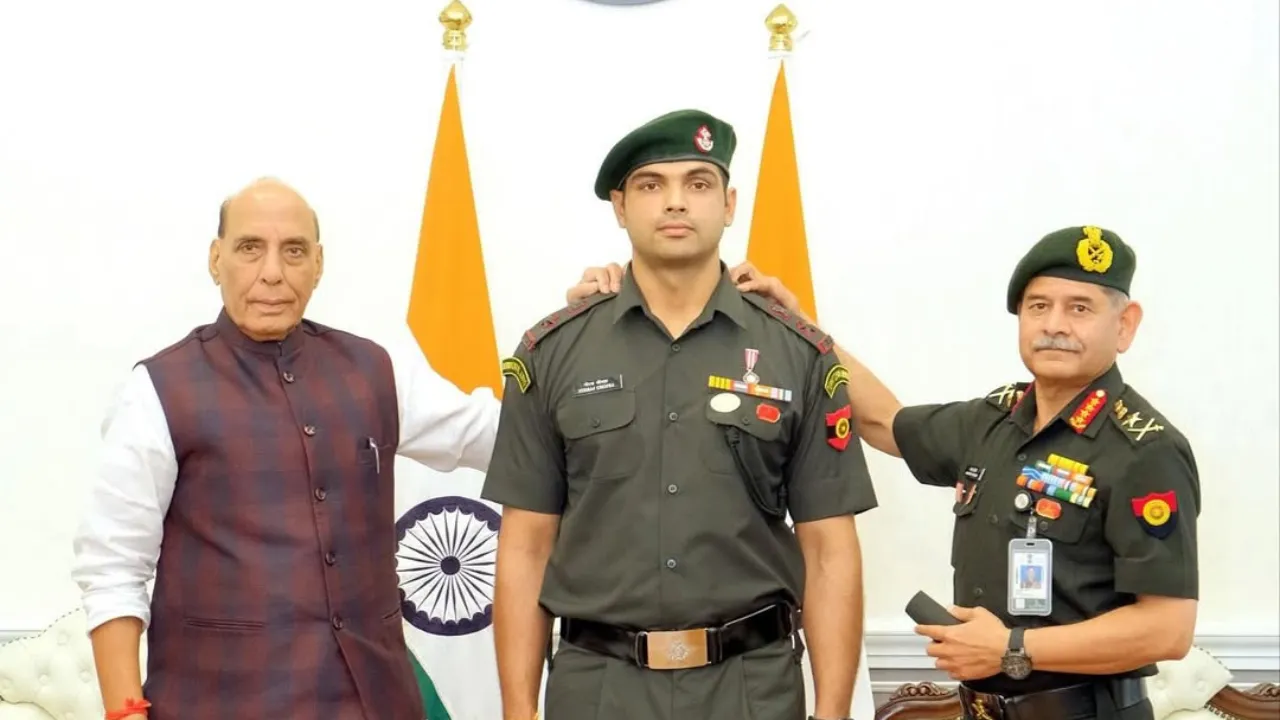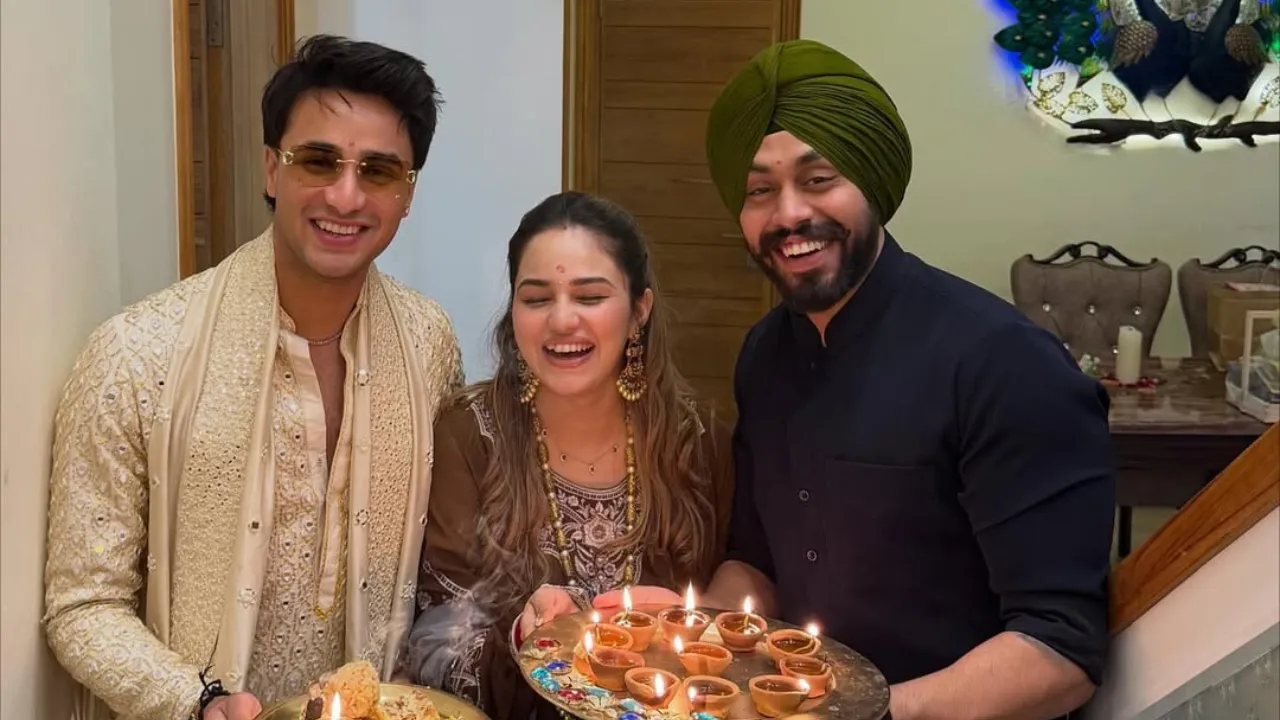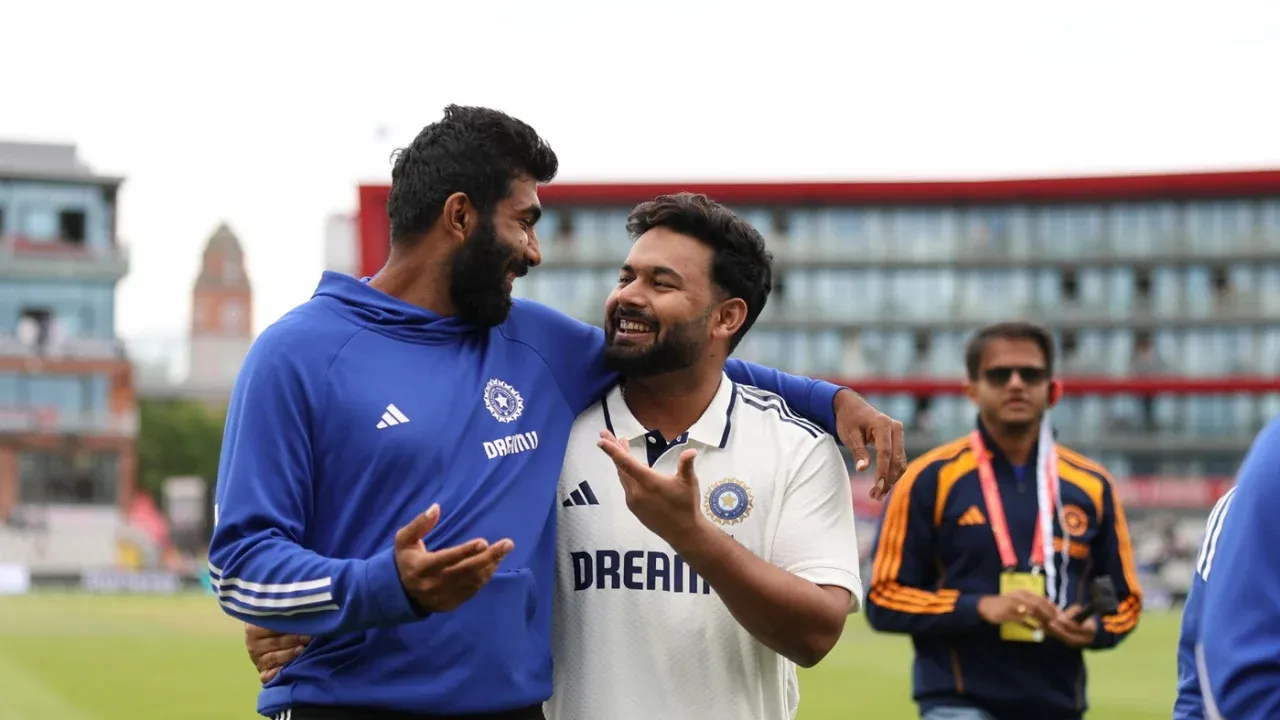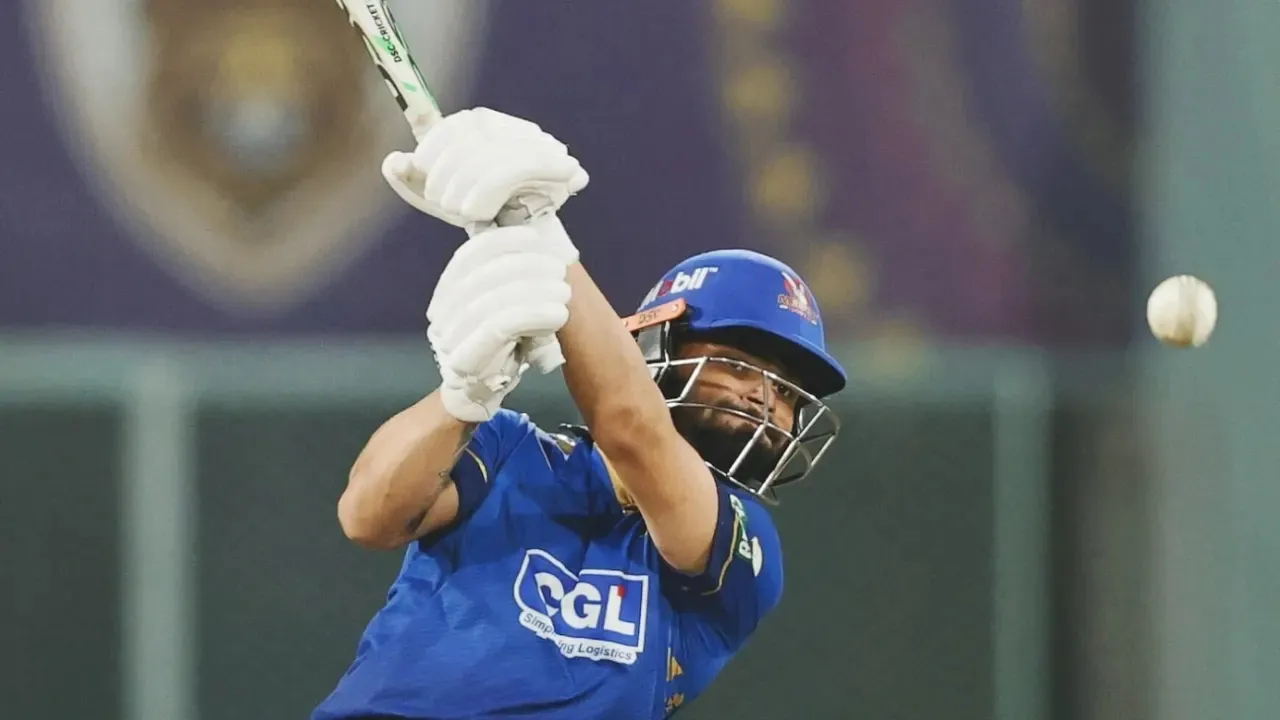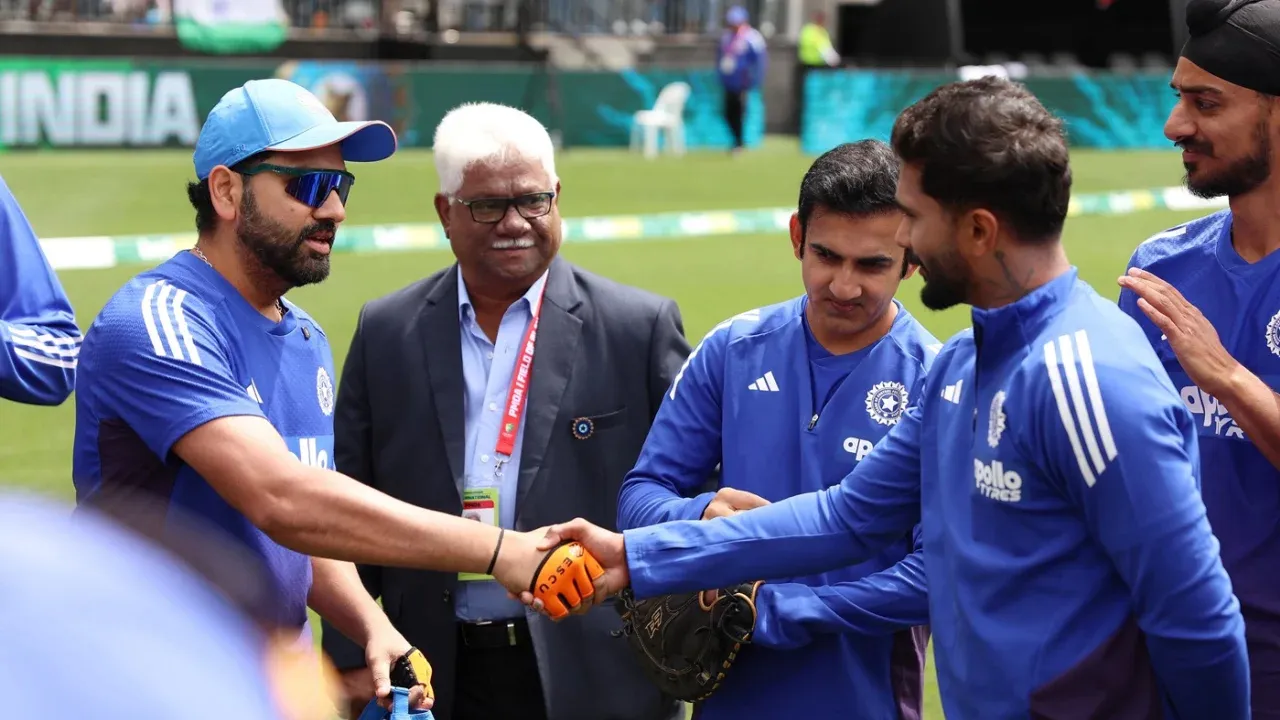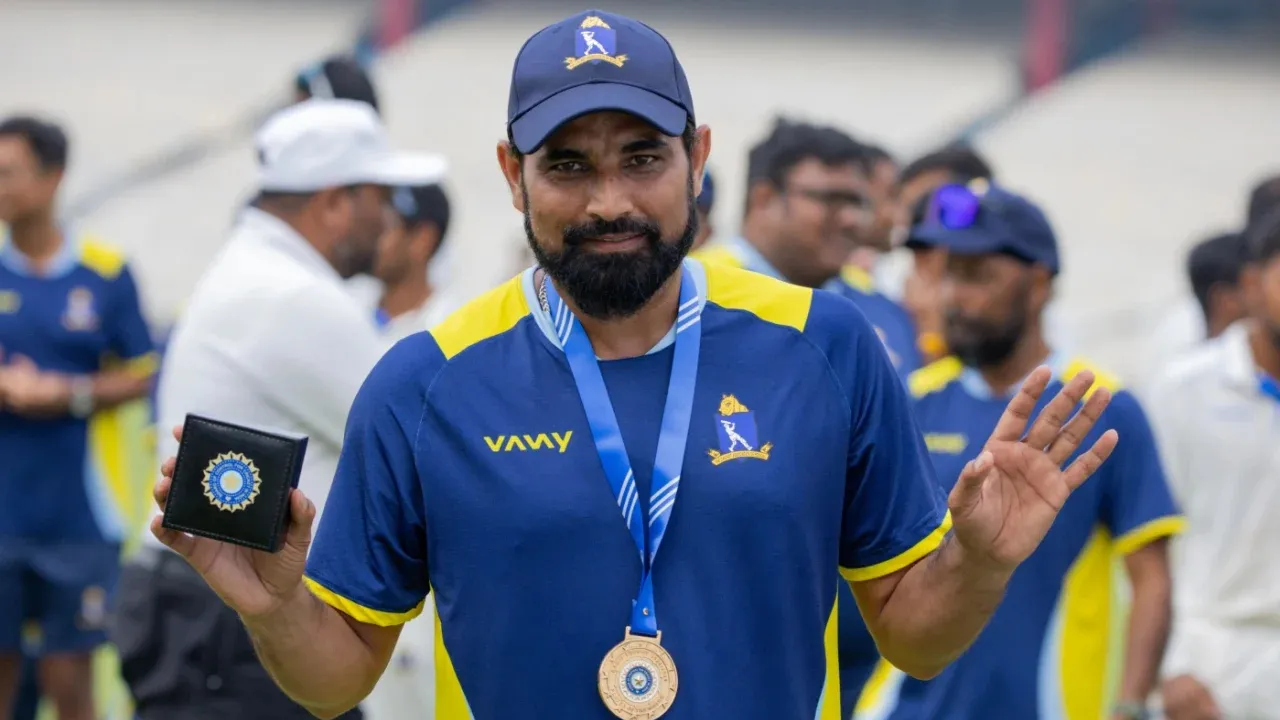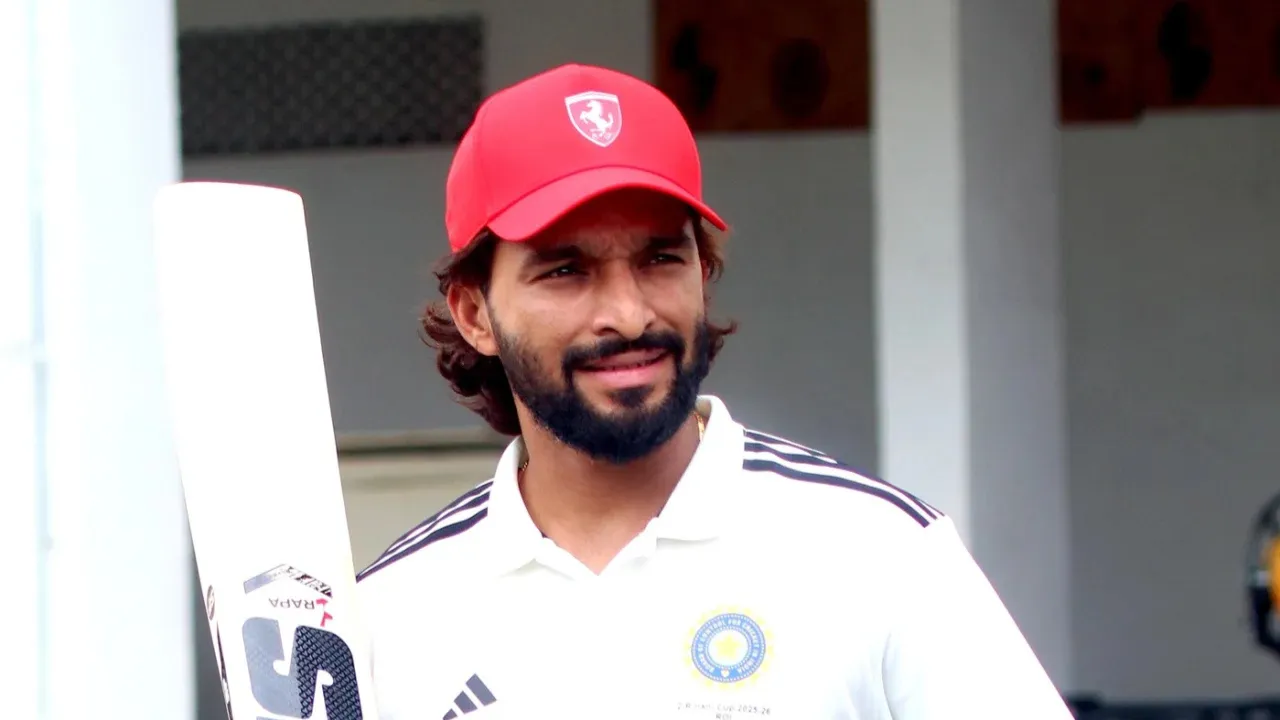Upset Rahul Dravid pulled up KL Rahul for ‘turning his back on the dressing room’: “Mera statue nahi bana, tera banega?”
Introduction — why this moment with KL Rahul mattered
A single gesture on the field can speak louder than a press conference. When KL Rahul celebrated a big milestone by turning his back to the dressing room, it drew a rare, public rebuke from then-coach Rahul Dravid. That brief exchange — part dressing-room discipline, part old-school team culture — revealed more about leadership, team values and how small acts are read inside a national side.
The incident: what happened and how it was reported
The episode dates back to a high-pressure match where KL Rahul reached a century and celebrated in a way that, according to reports, Dravid felt showed his back to teammates in the dressing area. Media outlets picked up on the exchange and described Dravid pulling Rahul aside, underlining the coach’s insistence on humility and team-first behaviour. The moment — replayed in interviews and newsletters since — was presented as a short but pointed dressing-room correction from a coach known for his calm authority.
Why Dravid’s reaction was more than a scolding
Rahul Dravid has long been associated with discipline, respect and attention to team ethos. His response to KL Rahul’s celebration was read by many as a reminder that individual milestones are still earned and celebrated within the context of the team. For young and senior players alike, Dravid’s message reinforced that personal joy should not appear to alienate or exclude teammates — especially in high-profile matches where emotions run high.
What KL Rahul said later — context matters
KL Rahul himself has discussed moments when dressing-room dynamics felt different, especially as senior leaders moved out of the side. He has spoken publicly about adjusting to new locker-room moods and the absence of longstanding figures like Rohit Sharma and Virat Kohli, noting that such changes can make dressing rooms feel “strange.” That context helps explain why small gestures can be magnified: team hierarchy and familiarity matter more when the group is in transition.
The larger picture: KL Rahul’s form and role in 2024–25
Beyond that single moment, KL Rahul’s career arc in 2024–25 showed both reinvention and renewed responsibility. He has been praised for adapting his batting approach and produced notable Test performances, including centuries on English soil that placed him on the Lord’s honours board — a milestone covered widely in the press. Such achievements show Rahul evolving from a talented youngster into a pillar whose behavior and demeanour are looked at closely by teammates and fans alike.
Team culture vs individual expression — a short guide for fans
Dressing room signals matter
Teams are intensely social environments. A back-turned celebration, a handshake passed up the batting order or an exclusionary gesture can be interpreted as distancing. Coaches like Dravid often prioritize cohesion because it helps teams perform consistently under pressure.
What players can learn from the incident
- Celebrate, but include: A milestone doesn’t need to be private — simple acknowledgement of teammates keeps the unit intact.
- Read the room: Different teams and coaches have different tolerance for flamboyance. When a coach emphasizes humility, players adapt.
- Public moments have private consequences: On large stages, gestures become stories; players pay attention to the ripple effects.
How the media and public reacted
The exchange between Dravid and KL Rahul triggered discussion across sports desks and social timelines. Some viewers framed the moment as classic Dravid — firm but fair. Others used it to debate modern expressions of joy in sport. Importantly, reporting tended to treat the scolding as an anecdote about leadership rather than the start of any deep rift, and subsequent coverage focused more on performances and selection.
What happened next for KL Rahul (selection and performance)
KL Rahul’s on-field contributions continued to shape his reputation. Despite moments of criticism around format suitability and tempo in T20s, he remained a key figure in Tests and limited overs formats at different times. In 2025, selectors and pundits debated his role in white-ball tournaments, with some outlets linking his recent T20 omission or rotation to form and team balance rather than off-field dressing-room issues. That distinction matters: anecdotes about behaviour can color narratives, but selection is usually driven by performance and strategy.
Why this episode matters for fans and young cricketers
The exchange between Dravid and KL Rahul is a compact lesson in professional sport. It shows how leadership uses small moments to teach clubroom values, and how players’ gestures—even celebratory ones—are read in context. For young cricketers, the takeaway is practical: talent opens doors, but respect and team awareness keep you inside them.
Conclusion — a reminder about sportsmanship and growth
KL Rahul’s century celebrations, and the coaching response they provoked, are not a tale of conflict but one of culture. Coaches like Rahul Dravid shape not only technique but temperament. KL Rahul’s journey since that moment — scoring big runs, adapting his game and handling scrutiny — shows a player learning the balance between personal expression and collective responsibility. For fans, the episode is a reminder that a team’s identity is built in small, everyday interactions as much as in match results.
Also Read: Shehnaaz Gill: “₹600 Water Does Nothing!”
